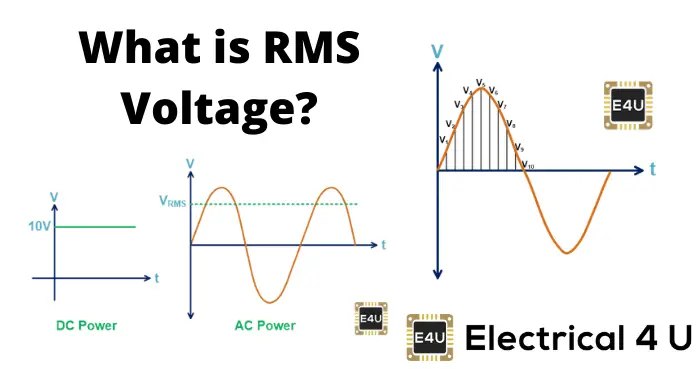
The concept of sound quality is a vital consideration when it comes to selecting the right speakers for your audio system. Sound quality can be affected by various factors, including peak power, RMS power, build of material (BOM), and other technical specifications such as frequency response, wattage output, and impedance. In this blog post we will discuss the importance of these considerations before committing to the purchase of a speaker or audio system. We’ll look at how peak power and RMS power affect sound quality, outlining the differences between these two concepts. We’ll also explore the importance of building material (BOM) in both sound quality and durability, as well as covering features like wattage output, frequency response, and impedance that should be taken into account when selecting audio equipment. Finally, we’ll provide some tips on achieving the best possible sound quality from your chosen audio system.
Peak Power vs RMS Power: There is an important distinction between peak power and RMS power when it comes to sound quality. Peak power refers to the maximum amount of energy a speaker can handle at any one instance without distortion or damage occurring to its components; this figure represents the upper limits of what a speaker system can do with regard to its performance capabilities in terms of volume level and clarity. On the other hand, RMS power refers to the average amount of energy a speaker can handle over an extended period without suffering from distortion or damage. Generally speaking, higher peak or RMS powers usually equate to higher sound quality but this should not be used as a sole determining factor when choosing speakers or audio systems as there are many other factors involved when considering overall sound quality.
The build material used in manufacturing speakers has a huge impact on both their acoustic performance as well as their overall durability; more durable materials tend to offer better acoustic performance while low-grade materials tend to fare worse in both areas. When buying new speakers there are several things one should look out for regarding their build material – most notably check whether they have been built using solid woods (such as MDF boards), synthetic materials (such as ABS plastic), metal alloys (like titanium or aluminum) or composite structures (such as foam). All these materials offer different levels of acoustic performance and reliability so researching prior to purchasing is highly recommended if you want superior sound quality from your chosen audio system/speaker setup.
Wattage Output & Frequency Response: The wattage output and frequency response offered by your chosen speaker set up is another important consideration when thinking about sound quality; higher wattage outputs typically equate to louder volumes with fewer distortions whilst greater frequency range offers wider range for instrumentation reproduction throughout the spectrum – making for richer listening experiences with increased clarity across all frequencies. This can be checked easily through product specifications on manufacturer websites prior to purchase but make sure you only compare similar products with equivalent specs – low end models may have lower wattages but poorer frequencies still resulting in inferior overall performances compared higher end products even though they have similar specs on paper!
Impedence Rating: Lastly it’s important to consider impedance rating which relates directly back to how much electricity is being drawn from each loudspeaker; lower impedances draw more current resulting in potentially distorted sounds whereas higher ones draw less current leading towards clearer sounds with less interference – thus achieving better overall performances from your selected audio equipment. Impedance ratings vary depending upon brand/model so make sure you research thoroughly before buying any particular product; if unsure speak directly with technical support who will able give more detailed information regarding any given product’s impedance rating plus associated pros/cons based on individual requirements!
At the end as conclusion, When looking for new speakers it pays off doing proper research beforehand – taking time understand factors such peak power vs RMS power along with build material considerations like wood type & synthetic materials used plus additional features such wattage output & frequency responses plus impedance rating – all these things help ensure desired results achieved after purchase & money spent wisely! Taking time carefully evaluate various options available based upon budget & requirements helps achieve best possible outcome leading towards long term satisfaction good results down line!
Please like and follow us on facebook.
